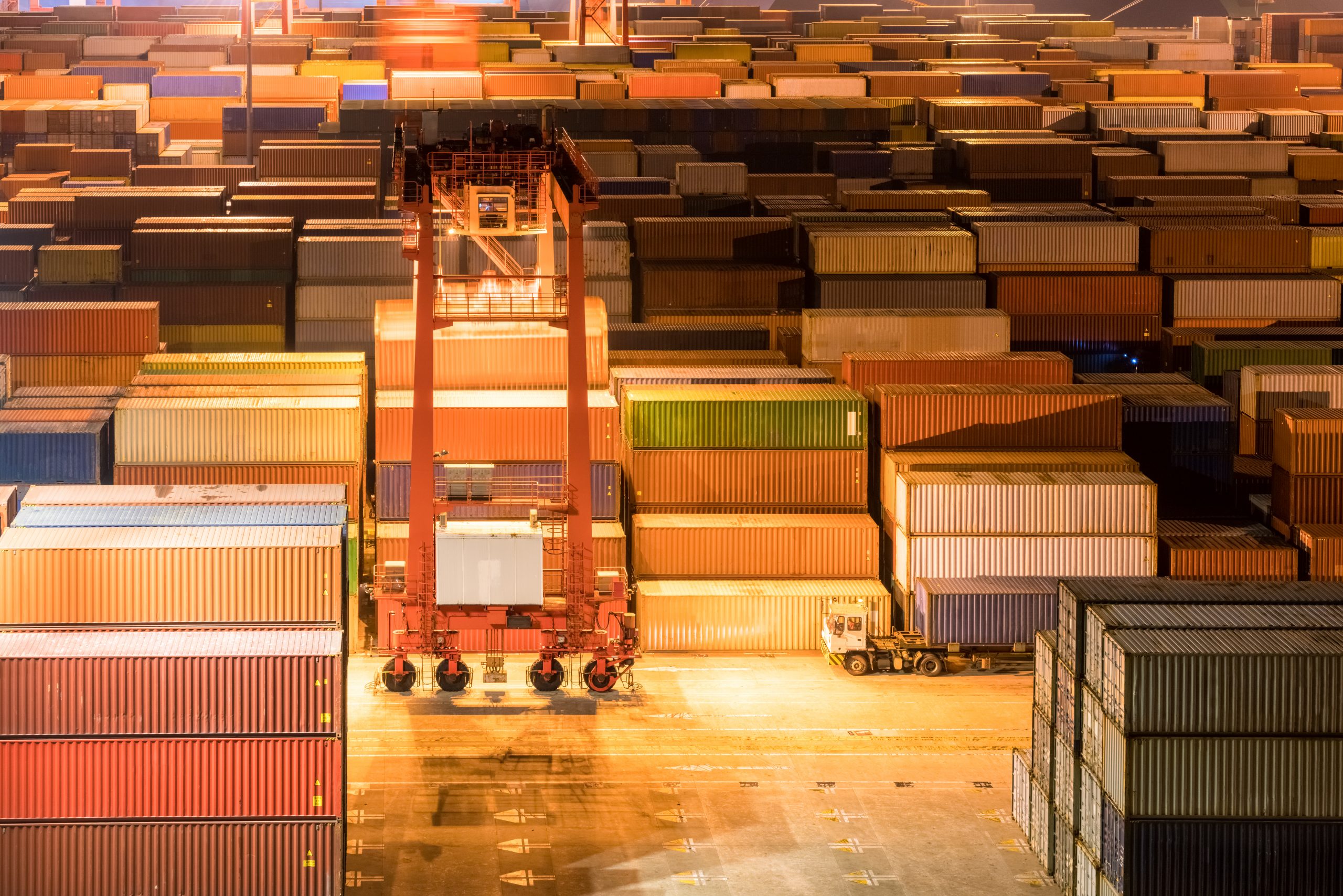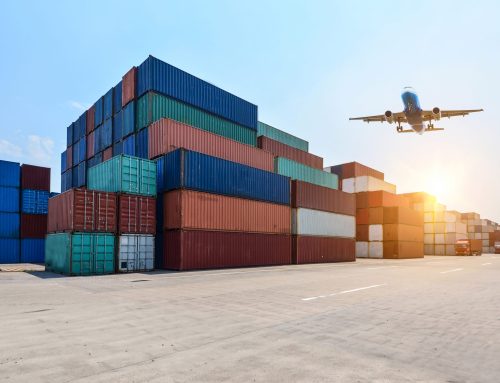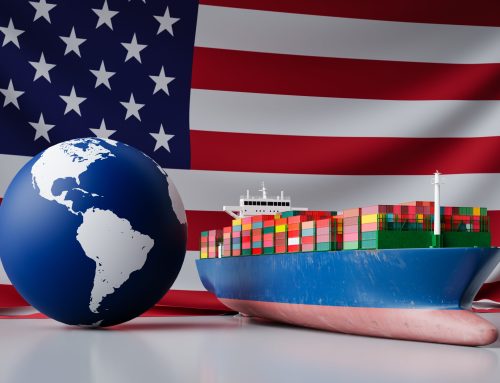Importing goods into the U.S. offers excellent opportunities for small businesses. Tariffs, duties, and various fees can complicate the process. Knowing how these charges work helps you control costs and comply with U.S. law.
This guide explains import tariffs and duties, why they matter, and how to reduce them. We also walk you through the customs clearance process, share record-keeping best practices, and offer tips on working with a customs broker. Whether new to importing or looking to refine your process, this guide helps you every step of the way.
What Are U.S. Import Tariffs & Duties?
U.S. Customs and Border Protection (CBP) imposes tariffs, duties, and taxes on goods that enter the United States. These fees serve two primary purposes:
- Revenue for the Government: Tariffs generate income for the federal government.
- Market Protection: Duties protect U.S. industries by making imported products less competitive against local goods.
CBP enforces these rules, and businesses must understand these fees to avoid unexpected costs or delays at the border.
Key Factors Affecting Import Taxes
Several factors determine the duty you pay on imported goods. Understanding these factors helps you plan and budget effectively.
Product classifications and HTS codes
Harmonized Tariff Schedule (HTS) Codes
- U.S. Customs assigns every product a specific 10-digit HTS code.
- This code determines the duty rate for your goods.
- Double-check your HTS code with a customs expert to avoid misclassification.
Country of Origin
Impact of Trade Agreements
Trade agreements like USMCA and the Generalized System of Preferences (GSP) lower tariff rates.
Special Tariffs
U.S. Customs may impose extra tariffs on goods from specific countries (for example, Section 301 tariffs on goods from China or Section 232 tariffs on steel and aluminum).
Stay Updated
Follow current trade policies because political decisions can change tariff rates.
The declared value of goods
Accurate Valuation
- Customs calculates duties based on the declared value of your shipment.
- Always use proper invoices and documentation.
Avoid Penalties
Under-declaring or over-declaring values trigger fines, penalties, or audits.
How to Calculate Import Duties & Taxes
Calculating import duties becomes simple when you break the process into clear steps.
Using an Import Duty Calculator
Online Tools
- Numerous websites offer import duty calculators.
- These calculators require your product’s declared value, HTS code, and country of origin.
Official Resources
Visit the CBP website and the U.S. International Trade Commission for updated duty rates and guidance.
Additional Fees & Charges to Consider
Beyond essential duties, you might face additional fees when importing goods into the U.S.
Customs Processing Fees
Merchandise Processing Fee (MPF)
CBP calculates the MPF at 0.3464% of the declared value, with a minimum fee of around $29 and a maximum fee of about $575.
Harbor Maintenance Fee (HMF)
U.S. Customs applies the HMF to ocean shipments at 0.125% of the shipment’s value.
Brokerage and handling fees.
Customs Brokers
- Customs brokers manage paperwork and communicate with CBP on your behalf.
- Their fees vary, so shop around for competitive rates.
Handling Fees
Carriers and logistics companies sometimes add their handling charges.
Other Possible Costs
Special Duties
U.S. authorities may impose anti-dumping and countervailing duties on certain products.
Agency Fees
Agencies such as the FDA or USDA may charge additional fees and perform additional inspections for food and pharmaceuticals.
Strategies to Minimize Import Costs
While you cannot avoid tariffs entirely, you can adopt strategies that lower your overall import expenses.
Leverage Free Trade Agreements (FTAs)
Check Eligibility
Verify whether your products qualify for preferential duty rates under trade agreements like USMCA or GSP.
Prepare Documentation
Secure all required certificates and paperwork to claim FTA benefits.
Classify Goods Correctly
Use accurate HTS codes.
Correct classification helps you avoid higher duties or penalties.
Consult Experts
Rely on a customs expert or broker to classify your goods accurately.
Plan Shipments Efficiently
Consolidate Shipments
Combine smaller shipments into one larger shipment to reduce processing fees.
Use Bonded Warehouses
Store goods in bonded warehouses to defer duty payments until you sell the items.
Bulk Importing
Import in bulk to lower per-unit costs through economies of scale.
Step-by-Step Customs Clearance Process
Understanding the customs clearance process helps you prepare and avoid delays.
Pre-Arrival Preparation
- Gather all necessary documents, including invoices, packing lists, and certificates.
- Verify HTS codes and duty rates.
- Plan for additional fees such as MPF and HMF.
Arrival at the U.S. Border
- When your shipment arrives at the U.S. border, CBP inspects it.
- CBP reviews your documentation and calculates initial duties.
Assessment of Duties and Fees
- CBP assesses your shipment for correct classification and declared value.
- Any discrepancies trigger additional inspections or fines.
Customs Release
- CBP clears your shipment after you pay all fees and verify your documents.
- Arrange transportation to your warehouse or distribution center after clearance.
Post-Clearance
- Keep all records for at least five years.
- Prepare for potential audits or follow-up inspections.
Record Keeping & Documentation Best Practices
Maintain excellent records to manage import costs and stay compliant.
Maintain accurate records.
Store copies of invoices, bills of lading, and customs documents.
Use Digital Storage
Store and back up your records digitally.
Conduct Regular Audits
Periodically review your records to ensure accuracy.
Perform Compliance Checks
Work with your customs broker or legal advisor to review your documentation practices.
Common Mistakes & How to Avoid Them
Learn from common errors to save time and money.
Verify HTS Codes
Always check and confirm the correct HTS code to avoid misclassification.
Declare Accurate Values
Ensure your declared value matches the invoice to prevent fines.
Factor in all charges.
Include all charges in your cost estimates, such as MPF, HMF, and agency fees.
Complete Your Documentation
Provide all required paperwork to prevent delays at the border.
Consult Experts
Rely on a customs broker or trade consultant to navigate complex regulations.
Working with a Customs Broker
A customs broker becomes a valuable partner in your import process.
Why You Need a Customs Broker
Receive Expert Guidance
A broker understands the rules and helps you avoid costly mistakes.
Ensure Efficient Clearance
Brokers manage paperwork and communicate with CBP on your behalf.
Achieve Cost Savings
Their expertise saves you money over time, even though they charge fees.
What to Look for in a Customs Broker
Check Licensing
Ensure your broker holds a CBP license.
Review Experience
Choose a broker who has experience handling your type of goods.
Seek Transparent Pricing
Select a broker who offers clear fee structures and honest communication.
Ask for references.
Request testimonials or case studies from businesses similar to yours.
Conclusion & Final Tips
Importing into the U.S. can be challenging, but following this guide can help you confidently navigate tariffs, duties, and extra fees.
Key Takeaways:
- Learn what tariffs and duties are and why they exist.
- Include expenses like MPF, HMF, and agency-specific charges in your planning.
- Use correct HTS codes and accurate invoice values to avoid penalties.
- Consolidate shipments, use bonded warehouses, and leverage free trade agreements.
- Rely on a customs broker and maintain diligent records to streamline your import process.
Ready to take control of your import costs? Don’t let confusing tariffs and duties hold your business back. Click here to speak with our licensed customs experts, get a free consultation, and unlock cost-saving strategies today!
Additional resources and FAQs
Helpful Resources
CBP Website
Visit the U.S. Customs and Border Protection website for official guidelines and duty rates.
Trade Commission
Check the U.S. International Trade Commission for detailed tariff classification information.
Industry Associations
Explore industry associations that offer guides and seminars on customs and importing.
Frequently Asked Questions
What is the difference between a tariff and a duty?
Tariffs tax imported goods, and authorities charge duties based on your product’s value and classification.
How often do duty rates change?
Duty rates change based on trade policies, so check current rates before each shipment.
Can I appeal a duty assessment?
You can appeal when you believe CBP misclassified or overvalued your goods.
How long should I keep my import documents?
Keep records for at least five years to prepare for audits or disputes.





